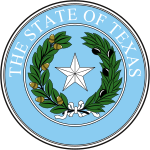
William Pettus Hobby was known as the publisher/owner of the Beaumont Enterprise when he entered politics and the Democratic Party. Elected in 1914 as Lieutenant Governor of Texas, in 1917 he succeeded to become 27th Governor of the U.S. state of Texas, after James Edward "Pa" Ferguson was impeached and forced to resign. In 1918, Hobby won the office in his own right, serving a full term.
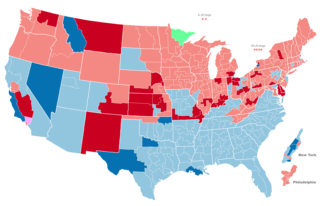
The 1918 United States House of Representatives elections were elections for the United States House of Representatives to elect members to serve in the 66th United States Congress. They were held for the most part on November 5, 1918, while Maine held theirs on September 9. They occurred in the middle of President Woodrow Wilson's second term.
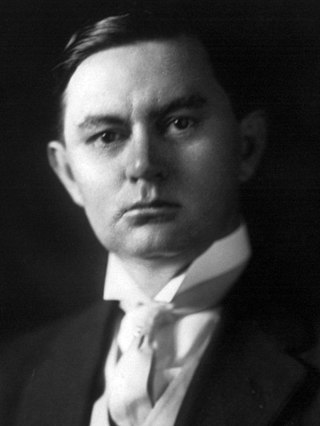
Thomas William Hardwick was an American politician from the U.S. state of Georgia who served as governor of Georgia, a United States Senator from Georgia, a member of the United States House of Representatives from Georgia, and a member of the Georgia House of Representatives.

James Hamilton Lewis was an American attorney and politician. Sometimes referred to as J. Ham Lewis or Ham Lewis, he represented Washington in the United States House of Representatives, and Illinois in the United States Senate. He was the first to hold the title of Whip in the United States Senate.

The 65th United States Congress was a meeting of the legislative branch of the United States federal government, composed of the United States Senate and the United States House of Representatives. It met in Washington, D.C., from March 4, 1917, to March 4, 1919, during the fifth and sixth years of Woodrow Wilson's presidency. The apportionment of seats in this House of Representatives was based on the 1910 United States census.

The 1918 United States Senate elections were held throughout 1918, the midpoint of Woodrow Wilson's second term as president. This was the first election since the enactment of the Seventeenth Amendment that all 32 Class 2 Senators were subject to direct or popular election, making them the final class under the old system of being selected by state legislatures. Special elections were also held to fill vacancies.

The 1912–13 United States Senate elections were held on various dates in various states. They were the last U.S. Senate elections before the ratification of the Seventeenth Amendment in 1913, establishing direct elections for all Senate seats. Senators had been primarily chosen by state legislatures. Senators were elected over a wide range of time throughout 1912 and 1913, and a seat may have been filled months late or remained vacant due to legislative deadlock. Some states elected their senators directly even before passage of Seventeenth Amendment. Oregon pioneered direct election and experimented with different measures over several years until it succeeded in 1907. Soon after, Nebraska followed suit and laid the foundation for other states to adopt measures reflecting the people's will. By 1912, as many as 29 states elected senators either as nominees of their party's primary or in conjunction with a general election.

John Albert Carroll was an American attorney and politician who served as a Democratic United States Representative and United States Senator from Colorado. He also served as a special assistant to President Harry Truman.
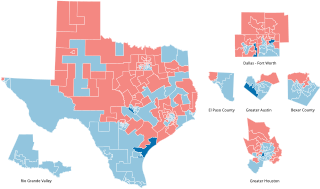
The 2006 Texas Legislature election was held on Tuesday, November 7, 2006, in the U.S. state of Texas. The Texas Legislature election was conducted as a part of the 2006 Texas general election, which also included the 2006 United States Senate election in Texas, the 2006 United States House of Representatives elections in Texas, and the 2006 Texas gubernatorial election.

The 1918 South Carolina United States Senate special election was held on November 5, 1918 simultaneously with the regular senate election to select the U.S. Senator from the state of South Carolina to serve the remainder of the term for the 65th Congress. The election resulted from the death of Senator Benjamin Tillman on July 3, 1918. William P. Pollock won the Democratic primary and was unopposed in the general election to win the remaining four months of the term.

The United States Senate election of 1918 in Massachusetts was held on November 5. Incumbent Republican Senator John W. Weeks ran for a second term in office but was defeated by Democratic former Governor David I. Walsh.

The 1920 United States Senate election in Illinois took place on November 2, 1920.

The 1918 United States Senate election in Wyoming took place on November 5, 1918. Incumbent Republican Senator Francis E. Warren ran for re-election to his fifth consecutive term in the Senate, in his first popular election. He was opposed by former Governor John E. Osborne, the Democratic nominee, who had until recently served as the U.S. Assistant Secretary of State. Owing in part to Warren's long record of service, and also to the strong Republican performance throughout the country in the 1918 elections, Warren defeated Osborne by a wide margin.
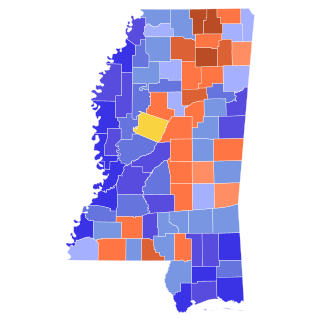
The 1918 United States Senate election in Mississippi was held on November 3, 1918. Incumbent Democratic U.S. Senator James K. Vardaman ran for re-election to a second term in office, but was defeated in the Democratic primary by U.S. Representative Pat Harrison.

The 1918 United States Senate elections in New Jersey were held on November 7, 1918.

The 1918 United States Senate election in Iowa took place on November 5, 1918. Incumbent Republican Senator William S. Kenyon was re-elected to a second term in office over Democrat Charles Rollin Keyes.

The 1923 United States Senate special election in Minnesota took place on July 16, 1923. The election was held to fill, for the remainder of the unexpired term, the seat in the United States Senate left vacant by Republican U.S. Senator Knute Nelson, who died in office on April 28, 1923. State Senator Magnus Johnson of the Farmer–Labor Party of Minnesota defeated Governor J. A. O. Preus of the Republican Party of Minnesota, and State Senator James A. Carley of the Minnesota Democratic Party, which, together with Henrik Shipstead's victory in 1922, brought both of Minnesota's seats in the United States Senate into the hands of the Farmer–Labor Party for the first time in history.

The 1940 United States Senate election in Texas was held on November 5, 1940. Incumbent Democratic U.S. Senator Tom Connally was re-elected to his third term in office, with only minor opposition in the Democratic primary and general elections.
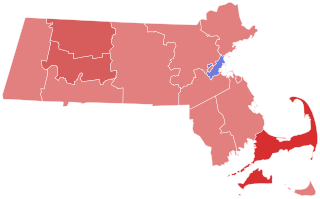
The 1918 Massachusetts gubernatorial election was held on November 4, 1918.

